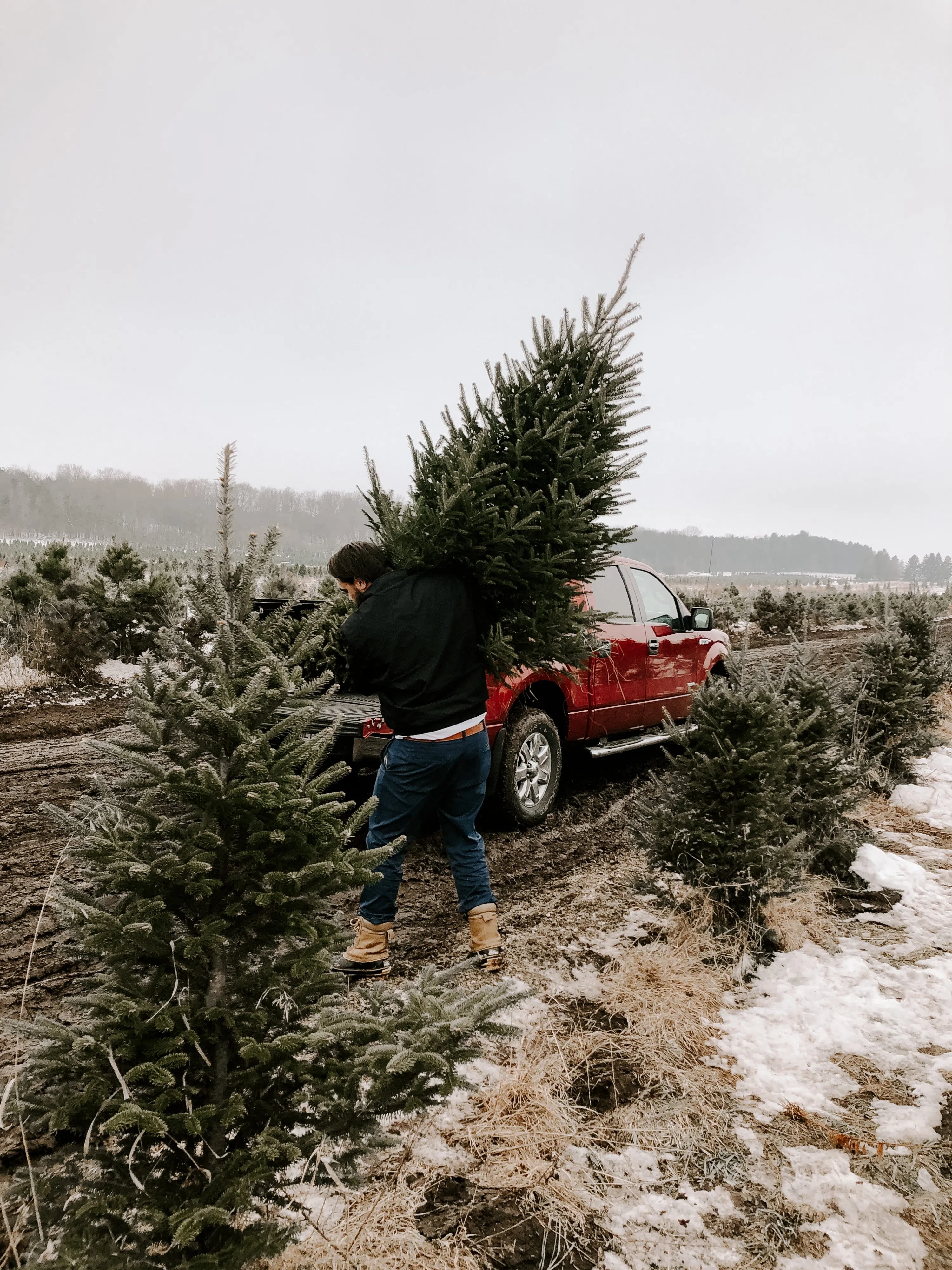By KATLAN THOMERSON
Glasgow News 1
The Kentucky Department of Fish and Wildlife gives citizens the opportunity to contribute to their mission of conserving, protecting, and enhancing Kentucky’s fish and wildlife while simultaneously benefiting those who enjoy fishing. One way they do so by recycling Christmas trees. Anyone who would like to provide a Christmas tree can do so until Jan. 15.
“There’s a lot of benefits,” said Marcy Anderson, Fisheries Program Coordinator for the Southeast Fisheries District in Somerset. “It benefits the homeowners because it’s an easy way to get rid of their trees. If you take them to the dump, you might be charged a fee.”
Anderson explained that trees benefit the fish by providing them with a natural habitat that allows small fish to hide in crevices between the branches, protecting them from larger fish. The trees also assist the bigger fish in finding food by serving as an area of attraction.
In addition to servicing fish, adding trees to the lake gives anglers populated areas to fish, increasing the likelihood that they’ll catch a fish.
“The anglers get the benefit of being able to download our app to their depth finder to stay aware of where habitats are located. Some of our folks in Frankfort go out to sample areas where habitats have been placed and in general, we see about an 500 percent increase in areas where we’ve put habitats in the lakes versus areas where we haven’t,” Anderson said.
To sink the trees, department members such as Southwestern fishery biologist Eric Cummins gather all the trees and load them onto barges before transporting them to the designated lake as specified for each of the 29 drop-off locations throughout the state. Residents who live in Barren County are asked to remove all decorations before driving their tree to the drop-off site at Port Oliver Boat Ramp. Artificial trees, trimmings, branches, and wreaths are not accepted.
After the crew transports the trees to the lakes, bundles of roughly 50 trees are tied together and attached to cement blocks before being placed at a depth of 5 to 10 feet underwater. The number of cement blocks attached to each tree depends upon height.
“If it’s a smaller tree, we can do two trees per block. If it’s a really big tree like 12 feet tall it takes anywhere from 5 to 6 blocks,” Anderson said.
Once the trees are placed under water, the department notifies the public of where habitats are located by publishing the locations on their map online. Visit Find a Place to Fish to keep track of where new trees are positioned.
Last year, the department collected approximately 5,5000 trees statewide.
“It’s a great program because it keeps trees out of the landfill and helps provide a good opportunity for us to easily add habitats into the lake,” Anderson said.

Comments